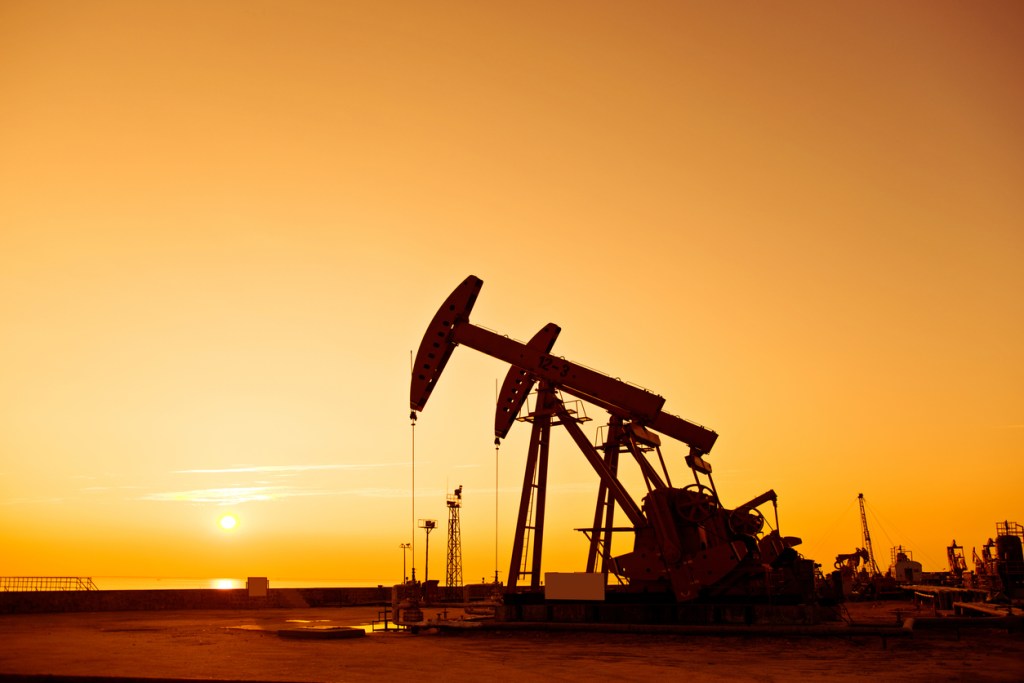When the Wall Street Journal reported on November 21 that OPEC, the oil cartel dominated by Saudi Arabia, was planning to increase production by 500,000 barrels per day in December, the crude market immediately reacted. Oil prices plunged by 6 percent, bringing the Brent benchmark close to $80 a barrel.
Saudi energy minister Prince Abdulaziz bin Salman, the older brother of king-in-waiting Mohammed bin Salman, immediately went to work disputing the report. No decisions at OPEC had been made, he said, and it was possible the cartel could even proceed with further production cuts if needed to maintain balance in the market (for the Saudis, “balance” is usually defined as padding the kingdom’s balance sheet). Abdulaziz’s intervention helped make up most of those earlier losses. By the next day, Brent prices were at $88.36.
Normally, this kind of thing wouldn’t cause many eyes to flutter. But the Saudis, as well as other large oil producers like Russia and the United Arab Emirates (UAE), are facing a potentially turbulent few months.
First and most immediate, the European Union will officially stop buying Russian oil on December 5, part of a bloc-wide sanctions package to punish Russian president Vladimir Putin for his war in Ukraine and to deprive the Kremlin of the resources needed to pay for it. On the same day as the EU embargo, a G7 price cap on seaborne deliveries of Russian crude will also come into effect. The G7 cap will prohibit UK and EU maritime insurance companies from providing coverage for vessels carrying Russian oil unless the crude onboard is sold at or below a specific price. While the number for the price cap hasn’t been decided, it will exceed Russia’s cost of production enough to incentivize further pumping but will still be well below market rates. The cap is meant to achieve two objectives: lower Russia’s oil revenues (Moscow made $21 billion from crude exports in October) and prevent a huge price increase by keeping Russian barrels on the market.
There’s a decent chance the price cap mechanism won’t work, either because vessels will choose to avoid Russian crude entirely due to confusion about the rules or because Putin will make good on his threat to stop exporting to countries participating in the scheme. Oil analysts estimate that 1.4 million Russian barrels could be lost per day next year, further tightening supply if other producers (like those in the Gulf region) don’t make up for the shortfall. This is one of the main reasons why the Biden administration was so infuriated by the OPEC-Plus production cuts last month: the last thing Americans want is to spend $75 to fill a ten-gallon tank.
Then there’s China. Major Chinese cities, including Beijing, are under increasingly strict Covid regulations. Yet cases are rising, and with Chinese president Xi Jinping’s zero-Covid policy slowing down everything from manufacturing to transportation, Beijing’s demand for crude has also gone down. If the Covid restrictions stay on next year, producers like Saudi Arabia and Iraq will either have to look for other buyers or lower their production quotas. Combine this with the high likelihood of lower Russian exports, and it doesn’t take an energy maven to comprehend why American officials are concerned about an out-of-whack oil market.
Speaking of quotas, a third element needs to be considered: dissent within OPEC itself. There’s a general assumption that members of the cartel simply defer to the wishes of Saudi Arabia, but it isn’t as simple as it sounds. OPEC likes to project unity, but some members are getting tired of the individual production limits. While the UAE is often thought of as a Saudi ally, the Emirates are itching to put more oil on the market.
Under the current arrangements, UAE production levels are capped at slightly more than three million barrels a day. But the Gulf state has devoted significant investments to its energy industry and wants to get a greater return on them. The UAE has the capacity today to pump four million barrels a day, yet it’s highly unlikely the Saudis would support a bigger quota for the Emiratis unless other countries in the group are willing to throttle back their own. That, too, is unlikely — Iraq, after all, is also working toward a greater share of overall OPEC production.
It’s tempting to look at oil price fluctuations as some mysterious phenomenon. But oil, like tickets for the World Cup, is ultimately at the mercy of supply and demand. The big difference is that governments around the world will try to game the system for their own financial and political advantage. How sharply that will affect prices at the pump this December has yet to be seen.


















